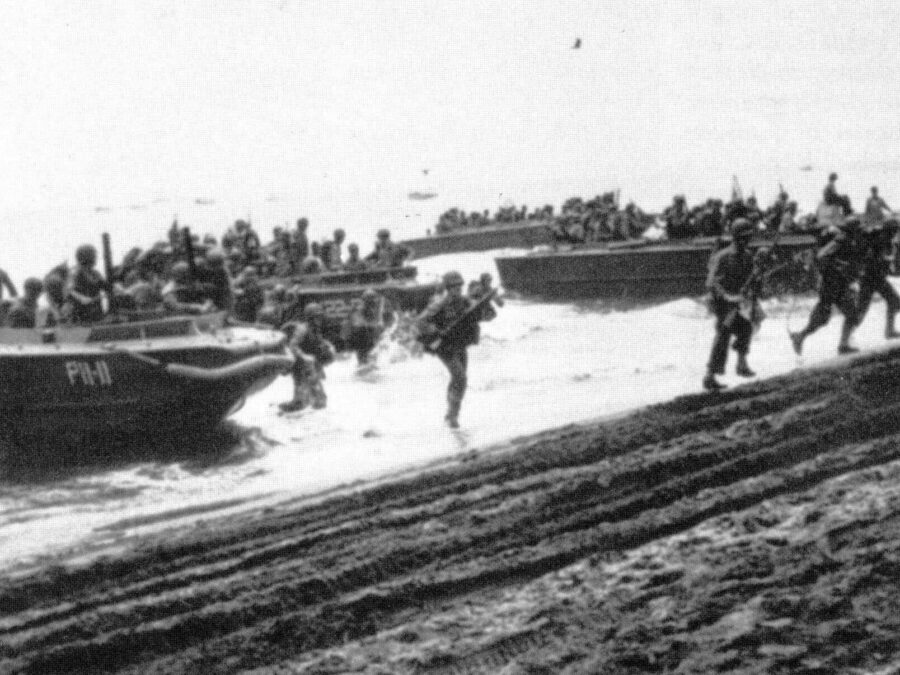
I am very pleased to forward a Purple Heart Medal and Certificate to you for service at Guadalcanal in August of 1942. Men such as you who have made great contributions to the grand heritage of the Coast Guard make me proud to be a member of our service.
Captain James Parent, Office of Personnel, U.S. Coast Guard, 1984
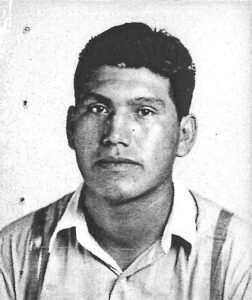
In 1942, Native American Joseph Robert Toahty deployed for Guadalcanal, the Allies’ first amphibious operation of World War II. At Guadalcanal, the Coast Guard established and operated its own Naval Operating Base (NOB) for the first and only time in its history. The code name for this Coast Guard-run navy base was NOB “Cactus.” The base was run by 50 officers and men, including Medal of Honor recipient Douglas Munro, Navy Cross recipient Ray Evans, Silver Star recipient Dwight Dexter, and 23-year-old Purple Heart recipient Joseph Toahty. All would receive the Presidential Unit Citation for “outstanding gallantry” reflecting “courage and determination … of an inspiring order.”
Six months before the U.S. entered the war, in June 1941, Toahty enlisted in the Coast Guard. During his time in the service, Toahty would set a record of firsts. After enlisting in the Coast Guard, he became the first Pawnee Indian to go to sea. During the war, Toahty also became the first Native American to participate in a U.S. naval offensive operation and the first Native American to set foot in enemy territory.
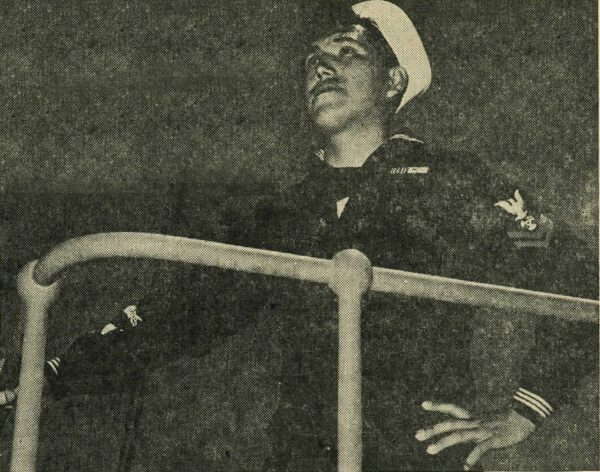
Toahty was born in Oklahoma in 1919. He was half Pawnee and half Kiowa Indian and inherited the name Le-Tuts-Taka (“White Eagle”) from his grandfather, Pawnee Chief White Eagle, who performed distinguished service as a U.S. Army scout during and after the Civil War. Toahty was also a graduate of the well-known Haskell Institute for Native Americans located in Lawrence, Kansas.
Toahty came from a large and patriotic family. After graduating from Haskell, he worked as a carpenter at the Army base at Fort Sill, Oklahoma, and served in the Kansas National Guard. At a time when Native Americans were denied many rights of U.S. citizenship, he and six brothers would fight in World War II.
The Coast Guard defenders at NOB Cactus served on the front line beside their Marine Corps brethren. Toahty and the other Coast Guardsmen provided infantry support, served marine artillery pieces, and endured daily bombardment from enemy warships, artillery, and aircraft. During the Battle for Guadalcanal, Toahty stood the watch on the beaches for an expected amphibious attack by Japanese forces.
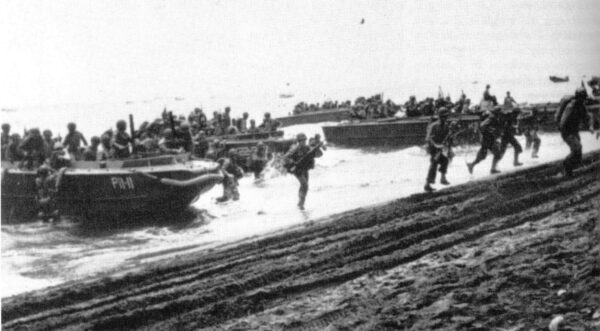
At its peak, NOB Cactus included about 30 LCPs, also known as Higgins Boats, and a dozen bow-ramped tank lighters. With Guadalcanal lacking docks and cargo piers, NOB Cactus’s primary mission was to transport troops and supplies from anchored transports to shore. But Toahty’s unit did far more than supply marines ashore. Toahty and his shipmates rescued thousands of U.S. sailors whose warships were destroyed in deadly battles fought in Iron Bottom Sound. Coast Guard craft also delivered marine units to islands as distant as 60 miles and inserted behind enemy lines reconnaissance teams led by British Colonial Forces officers. For a time, NOB Cactus personnel even fitted their landing craft with depth charges to conducted anti-submarine patrols.
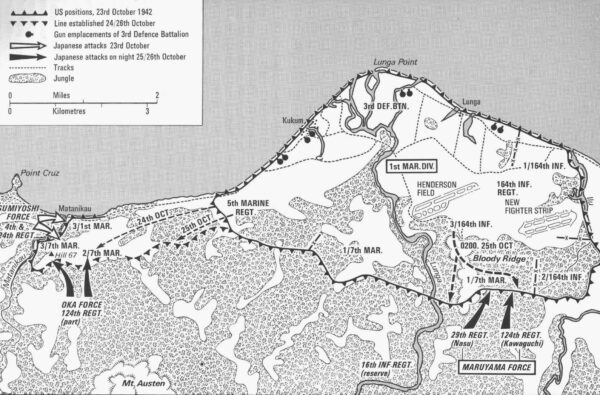
On shore, NOB Cactus had an odd collection of coconut plantation buildings, homemade shacks and tents, and log-reinforced dugout bomb shelters. Toahty and the others used the bomb shelters frequently due to enemy bombing, naval shelling, and artillery fire directed at the beaches. In one of these bombardments, Toahty and seven others took cover in a large dugout. It suffered a direct hit, killing all of the occupants except Toahty and one other survivor. After he regained consciousness, Toahty was bleeding heavily from his nose, ears, and mouth. He received treatment for a concussion and the bleeding at the Marine Corps infirmary but returned to the beaches with no record of his wounding.
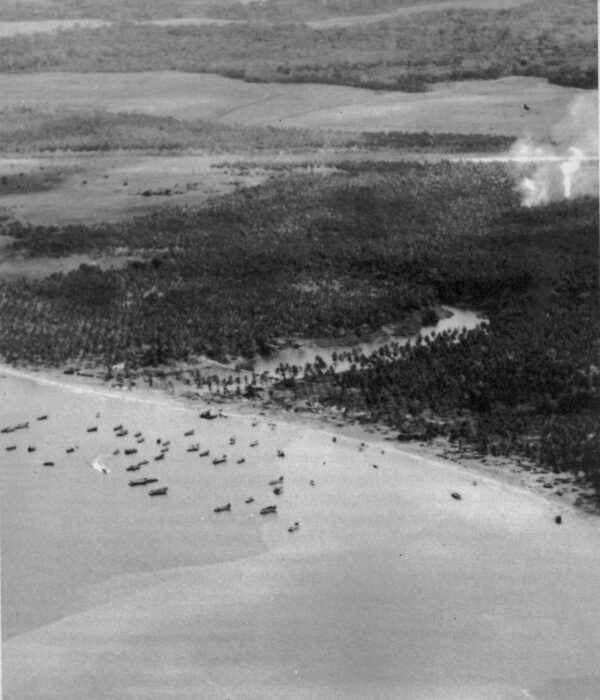
After six months, in January 1943, Toahty rotated off the island with battle weary elements of the Coast Guard and First Marine Division. By that time, the marines had secured the island and elements of the U.S. Army relieved them. Toahty redeployed to New Zealand where native Polynesians threw an all-day ceremony in his honor. According to Toahty, he “was the first American Indian they had ever seen.” He recounted how the natives “treated me as if I were a king; and in fact, one of the dances they performed was reserved strictly for royalty. I hated to leave that village.”
Like many who served in the Guadalcanal campaign, Toahty contracted malaria. He had a virulent case, with recurrent attacks and hospitalizations. Nevertheless, he extended his enlistment two more years and returned from the Pacific to serve at Stateside units. He also became a War Bond hero, participating in drives across the U.S. For example, he participated in the “Back Salerno Airmada” with movie star William “Hopalong Cassidy” Boyd. He later toured with Iwo Jima marine hero Ira Hayes, Medal of Honor recipient Audie Murphy and the “Hollywood Cavalcade” of movie stars. In 1945, after suffering frequent attacks from malaria, he received an honorable medical discharge and returned home.
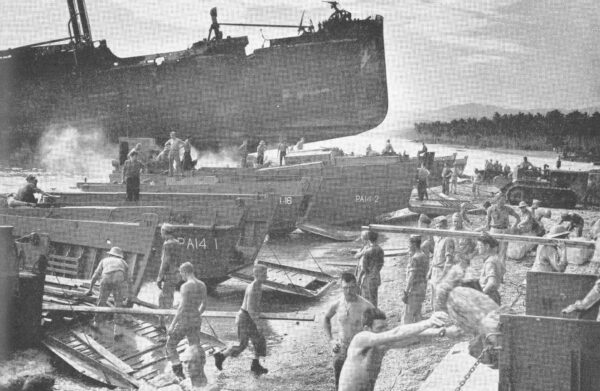
Guadalcanal was one of the most honored combat operations in Coast Guard history. President Franklin Roosevelt awarded the Presidential Unit Citation (PUC) to the “First Marine Division, Reinforced” with the word “Reinforced” honoring support units, such as Joseph Toahty’s NOB Cactus. In addition to the PUC (which equates to the Navy Cross Medal on an individual basis), Toahty was advanced from Fireman First Class to Motor Machinist’s Mate Second Class. In 1984, the Coast Guard presented Toahty four campaign medals never received for wartime service and a long-overdue Purple Heart Medal for the wounds he suffered from the direct hit on his bomb shelter at Guadalcanal.
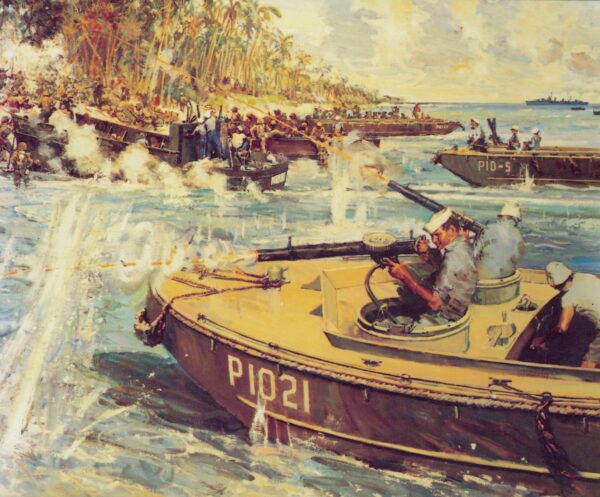
Joseph Toahty lived and worked in Oklahoma City after he left the service. He was very active in Native American and military organizations, and, in retirement, he helped Vietnam veterans with Agent Orange health benefit claims. He passed away in Oklahoma City in 1997 at the age of 77. He was among the thousands of distinguished Coast Guard combat veterans who served in the long blue line.
National Coast Guard Museum insider tip: Visitors will have the opportunity to learn more about Joseph Toahty and the incredible bravery of Coast Guard personnel at Guadalcanal in the WW2-Pacific Theatre exhibit on Deck03 of the Museum.
